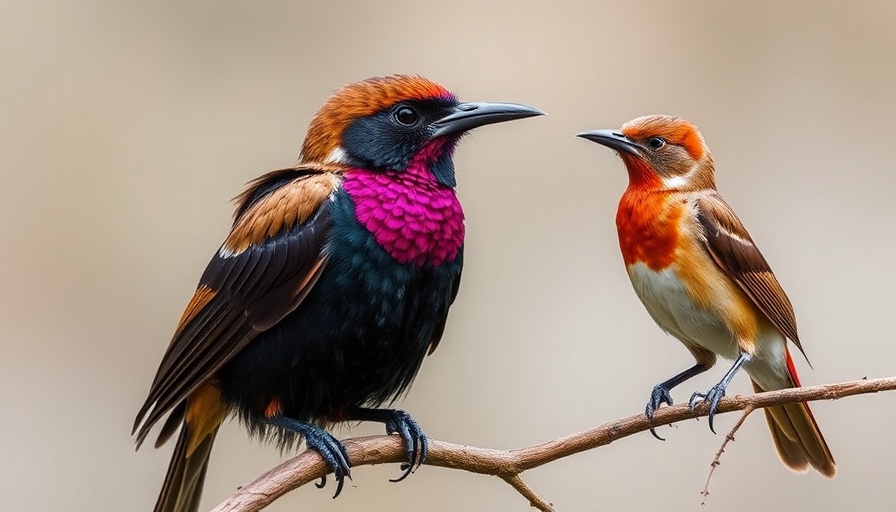
The Journey of Baby Bald Eagles: A Struggle for Flight
Many of us are captivated by the majestic image of a bald eagle soaring high in the sky. But what about their early years? Baby bald eagles, who are surprisingly clumsy in their attempts to conquer the air, have a fascinating developmental process that gives us insight into their eventual maturity as iconic symbols of freedom.
From Nestlings to Fledglings: The First Steps in Flight
Before they can take their first successful flight, juvenile bald eagles engage in several practice sessions from their nests. These young birds, often weighing nearly as much as their adult counterparts, begin by testing their wings—an essential phase in their growth. They flap and jump, creating a spectacle that may seem haphazard as they jump off nearby branches, trying to get a feel for the wind beneath their wings.
However, the transition to flight isn't immediate. For many, their early flights are marked by a comical lack of grace, often resulting in unexpected landings on the ground. Young eagles will sometimes stay put for a while, even receiving food from their parents before making the daring leap back into the safety of the trees. This interval is critical as it not only aids their physical growth but also strengthens the bond between parent and offspring, highlighting the nurturing side of these powerful birds.
Peculiar Plumage: Understanding the Physical Changes
Interestingly, while juvenile bald eagles share the same size as adults, their appearance tells a different story. Sporting a mottled chocolate-brown plumage, they diverge sharply from the striking white head and tail of adult eagles. This coloring plays an important role in their juvenile phase, providing some camouflage as they are learning the ways of the world.
It typically takes about three to four years for these young eagles to develop the unmistakable plumage that has come to symbolize the United States. The transformation is significant and speaks to the length of time and challenges they must overcome before being fully regarded as adults in the avian kingdom.
Why Baby Bald Eagles Matter
Every baby bald eagle that attempts to soar is a symbol of resilience and the complexities of growth. As we follow their journey, we are reminded of our own struggles and victories. Observing these fledglings offers a deeper appreciation not just for wildlife, but also for the nurturing environments we create for our children and the importance of learning through trial and error.
For those fascinated by these magnificent birds, witnessing the challenges and triumphs of juvenile bald eagles can encourage us to support conservation efforts aimed at protecting their habitats. As they grow from awkward fledglings into powerful adults, their stories of perseverance resonate with our own lives, highlighting the universal theme of growth and development.
 Add Row
Add Row  Add
Add 




Write A Comment